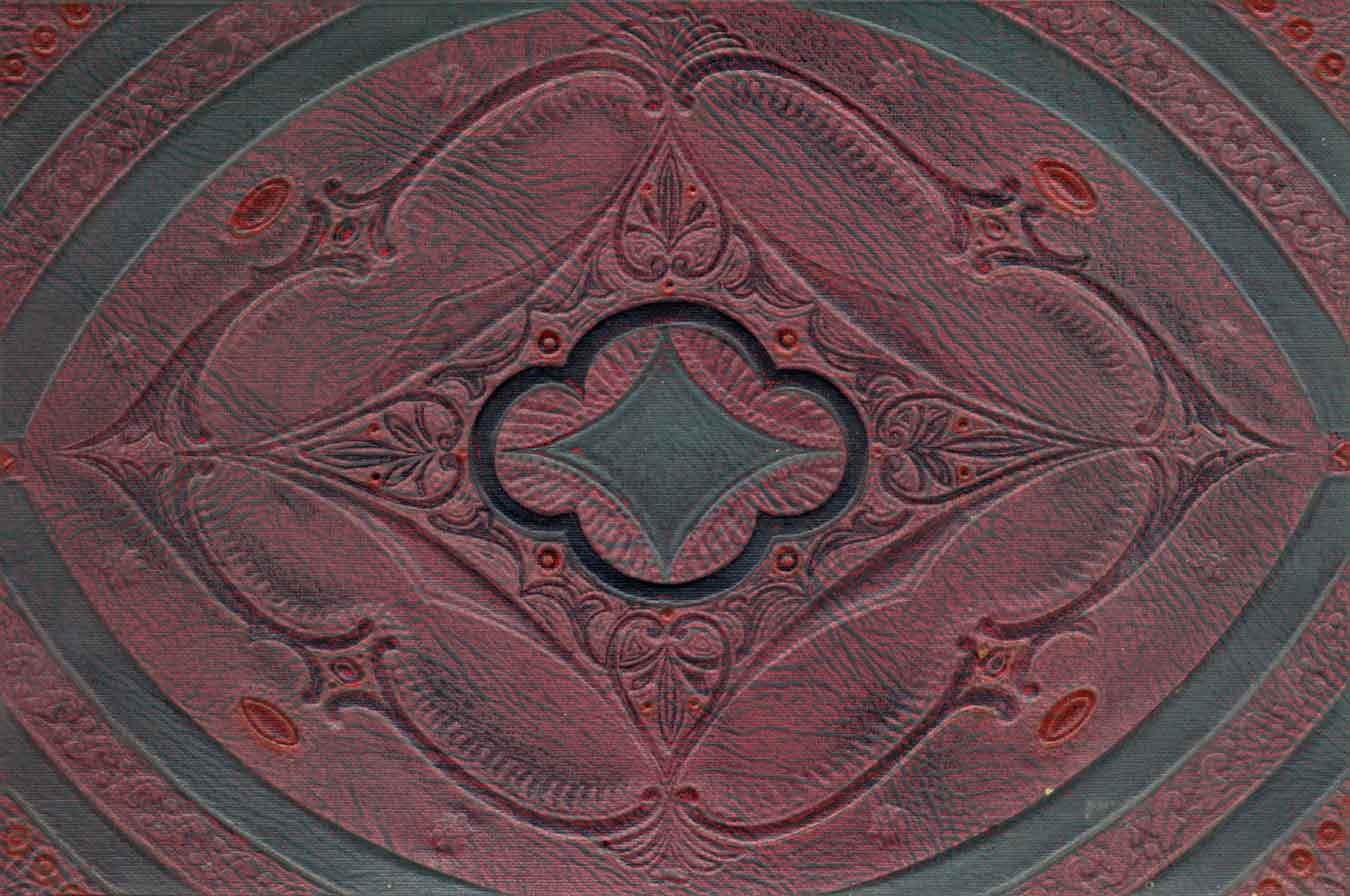About the Class
The Jean Elizabeth Goodrich Digital Scrapbook, part of the Notable Women of Simmons College collection, was created by the students in Candy Schwartz's Digital Libraries class, from September to December 2010.
The class was comprised of 13 committees, each with a particular role in the creation of this digital collection:


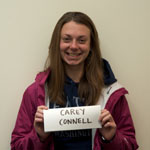

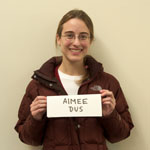
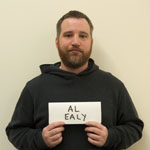
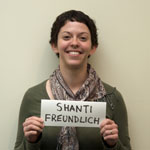
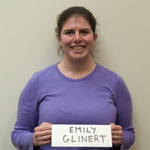

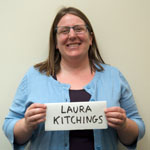
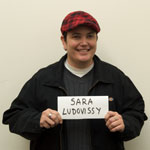
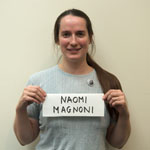

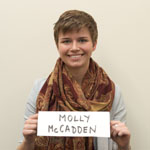
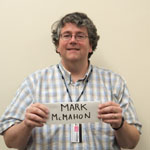
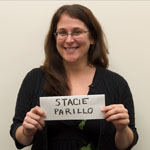
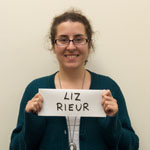
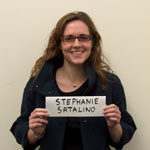


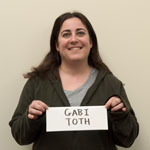
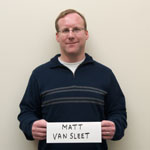
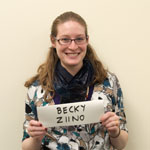
Project Manager
Mark McMahon
The project manager's primary responsibility was to track the goals and accomplishments of all committees, ensuring that the project stayed on schedule. The manager worked with all of the committees to define tasks and set deadlines. Another key responsibility was to run the digital library committee meetings and set agendas for them.
Project Chronicles
Mark Tomko
The project chronicler's primary objective was to document the progress of the class using photographs. This chiefly involved photographing the proceedings in class and at events, publishing photos in an online gallery. The project chronicler also took portrait photos of students.
Content
Laura Kitchings, Emily Glinert, Paul Hanna, Kathryn Thomas & Gabi Toth
The content committee's major responsibilities included providing the context, historical and otherwise, for the digital library. These responsibilities were divided among the team with the belief that each committee member would do his/her best on his/her section. Teamwork was key, as was an awareness of everyone's role. In researching, the team had to be mindful about the role of intellectual property issues in evaluating content; some communication with the intellectual property committee was necessary. The content committee had the pleasure of discovering Bettie's history beyond her scrapbook, including her own personal history as well as the era in which she attended Simmons College.
Database Software
Mark Tomko, Dave Mayo & Kate Oh
The database committee began by evaluating open source digital library software. The committee selected Omeka, installed it a web server and configured the site. The database committee worked with the Web/IA group to develop themes and layouts along with the browsing and navigation features. The database software committee loaded the scanned images and metadata, and provided technical support, troubleshooting, and advice for other teams. Since customizing the software proved a challenge, many of the requirements of the digital library were met by writing programs to automate repetitive tasks such as generating browse links.
Descriptive Metadata
Stacie Parillo, Karen Clarke, Sara Ludovissy & Gabi Toth
The major goal of Descriptive Metadata was to compile clear, thoughtful metadata-gathering instructions for the class. To accomplish this, the group met periodically to determine the necessary metadata types to capture. A second major goal of the group was to consistently quality-check completed metadata. Working with the database software group, both groups would mutually assess each other's needs in order to accomplish their own objectives, but the descriptive metadata group in particular had to learn about the capabilities and limitations of the Omeka system in order to determine the best way to implement the metadata schema.
Digitization
Kathryn Thomas, Kelly Dagan, Stephanie Satalino & Matt Van Sleet
The digitization committee was charged with developing a coherent set of guidelines and procedures to help facilitate the individual scanning of scrapbook pages and their content to be used in the digital library. Perhaps the most significant and certainly the most unexpected challenges concerned the difficulty many students experienced when attempting to scan their assigned pages using the instructions developed by the committee. While initial testing of the scanning directions with volunteers were positive, it became apparent by the number of questions asked by the first group of student scanners that the directions were not granular enough. The core instructions went through at least three iterations before a final, highly detailed version emerged.
Environmental Scan
Naomi Magnoni, Aimee Dus & Al Ealy
The main objectives of the environmental scan group were to identify five other digital libraries that were different from one another, to create an evaluation form for the class to fill out, and to provide a presentation and a paper summarizing the class responses. Each group member planned to choose five digital libraries and then discover which were the best. The evaluation was to be written by using examples and experiences of our team as well as from our readings and class input of what other committees may have needed. Designing and giving a detailed survey to members of the class, the group was able to identify key criteria that identified a good and highly usable digital library.
Evaluation & Usability
Molly McCadden, Karen Clarke, Emily Glinert & Becky Ziino
The overarching objective of the evaluation and usability committee was to ascertain the usability of the digital library through testing the overall site navigation, searching, browsing, efficiency, and overall user satisfaction. Utilizing the resources of the GSLIS usability lab for these evaluations, the group then reported the results of the tests and surveys to the class, recommending edits and changes to the digital library, pending class approval.
Intellectual Property
Kelly Dagan, Al Ealy, Sara Ludovissy & Matt Van Sleet
The Intellectual Property committee was responsible for investigating the legal issues raised by digitizing a Simmons College alumna’s scrapbook in the contemporary copyright environment. This initially involved researching copyright for digital materials in libraries and archives, then generating a white paper summarizing current best practices and challenges. The group compiled a list of particular contents in the scrapbook that posed potential copyright concerns and attempted to contact all potential rightsholders, with our efforts focused on email. The group also created a rights statement for the metadata of each object and crafted an explanatory page on the Website dealing with the terms of copyright, fair use, and contacting rightsholders. Challenges included ascertaining the rights to materials that had little contextual information, such as newspaper clippings without date, author, or publication information. Contemporary best practices were followed throughout the process.
Marketing & Fundraising
Becky Ziino, Naomi Magnoni, Stacie Parillo & Liz Rieur
The marketing and fundraising committee took the time to brainstorm and work as a group to come up with a cohesive statement for a mission and vision. Implementation of marketing strategies included a variety promotional methods including buttons, fliers, and information pamphlets, in addition to an increased outreach as the unveiling date drew closer. The committee was able to raise funds by holding events such as a bake sale and pumpkin sale and also accepting ongoing donations. The group also helped to coordinate the unveiling event by making plans for food, drinks and invitations.
Preservation (Digital)
Paul Hanna, Aimee Dus, Laura Kitchings & Stephanie Satalino
The preservation committee was charged with identifying best practices and methodology for long-term preservation of the digital library, along with formulating a long-term migration plan for the digital library. Research included the authoring of a white paper to explicate prevalent digital preservation methods and metadata schema. One challenge was harvesting the most applicable standards and practices for indentifying metadata fields and data migration. Another was learning to identify metadata concerning merely the digital file form itself and not the digital object it represented.
Quality Control
Liz Rieur & Molly McCadden
The quality control committee was responsible for monitoring and maintaining the quality and consistency of the content generated by other committees.
Web & Information Architecture
Shanti Freundlich, Louisa Choy & Carey Connell
The Web and information architecture (IA) committee's primary objective was to design and implement a user-friendly Website based on the work of the other committees in order to display the scrapbook digitally. This involved drawing from the environmental scan to write a creative brief, selecting images from the scrapbook to create a mood board, drafting wireframes for the design and architecture of the Webpages, and coding the necessary HTML and CSS to realize the design, pending class approval. Tasks included coordination with all of the committees to ensure planning aligned the various committees' goals. Additionally, the committee worked closely with the Database Committee to customize and build the digital library in Omeka.
